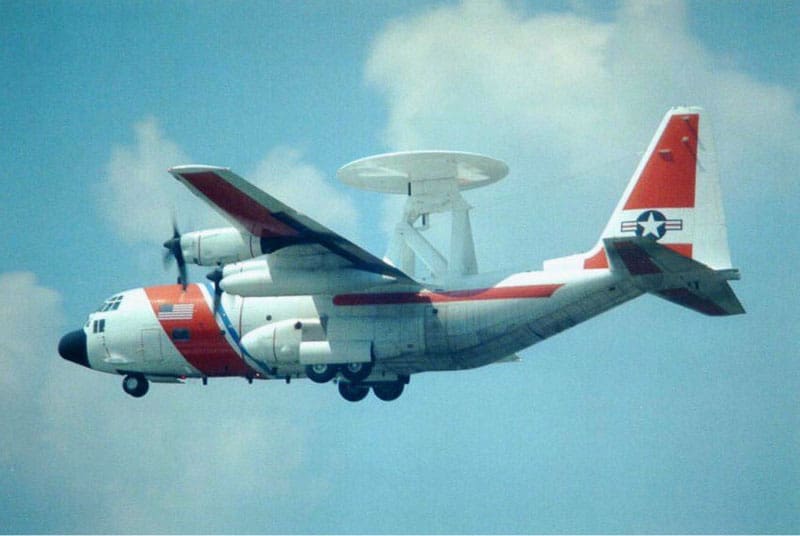
John F. Kennedy had just become President of the United States and had appointed C. Douglas Dillon as Treasury Secretary and a fellow torpedo boat officer, James A. Reed, as Assistant Secretary with Coast Guard responsibilities. Both the President and Mr. Reed were interested in ships and the sea. The nation had recovered from the economic recession of the late 1950s. Politically the time was right to address the obsolescence of Coast Guard equipment and facilities.
Secretary Dillon became cognizant of growing Coast Guard responsibilities and the joint concern of the Treasury Department and Bureau of the Budget officials over the growing Coast Guard plant obsolescence and the extensive funds required modernizing equipment and improving its capability to discharge its missions properly. Because of the magnitude of appropriations required it was considered necessary to have a clearer definition of Coast Guard missions, the extent to which they should be carried out, and a delineation of policy and organizational guidelines which up to this time had not been formulated at the departmental level. To accomplish this, an interdepartmental study group was formulated, consisting of the Bureau of the Budget, Treasury, Department of Defense, and Coast Guard members.
In essence, the study report firmly supported the then current missions of the Coast Guard with particular emphasis on search and rescue, law enforcement, maritime aids to navigation, merchant marine inspection, and port security. Ten major functions were identified with 80 recommendations. The report acknowledged the need for a more definitive Treasury policy, pointed up certain weaknesses in Coast Guard policy, and emphasized the need for a more modern and capable service. It further recommended that in light of the growing complexity of Coast Guard operations that a single long-range plan be developed.
Secretary Dillon ordered that 76 of the proposed recommendations be implemented. He concluded that “many of the Coast Guard’s multiple functions were transferred to it during national emergencies under the hard logic of expediency; there was nobody else who could do the job right then. With imagination and flexibility, the Coast Guard fitted each new task into its pattern of operation.” It is the interdependence and cross-utilization of existing resources that allows the Coast Guard to accomplish the multi-mission responsibilities when no one else can. This is why it is imperative to invest properly in the infrastructure.”
Because of this report, a better understanding of Coast Guard problems and requirements took place within the Coast Guard and the Treasury Department. Additionally it produced stronger support for its budget requirements with the Treasury Department, Bureau of the Budget, and Congress.
The Re-Evaluation of the Requirements of Coast Guard Aviation listed Search and Rescue as the primary mission of Coast Guard Aviation but noted that capability should exist to perform other duties as required. A good number of the requirements listed in the evaluation were affirmed in the Roles and Missions Study as was the concept of long-range implementation planning. Thus these two studies were the initial basis and justification of the expanded role of Coast Guard aviation over the decades to come.

